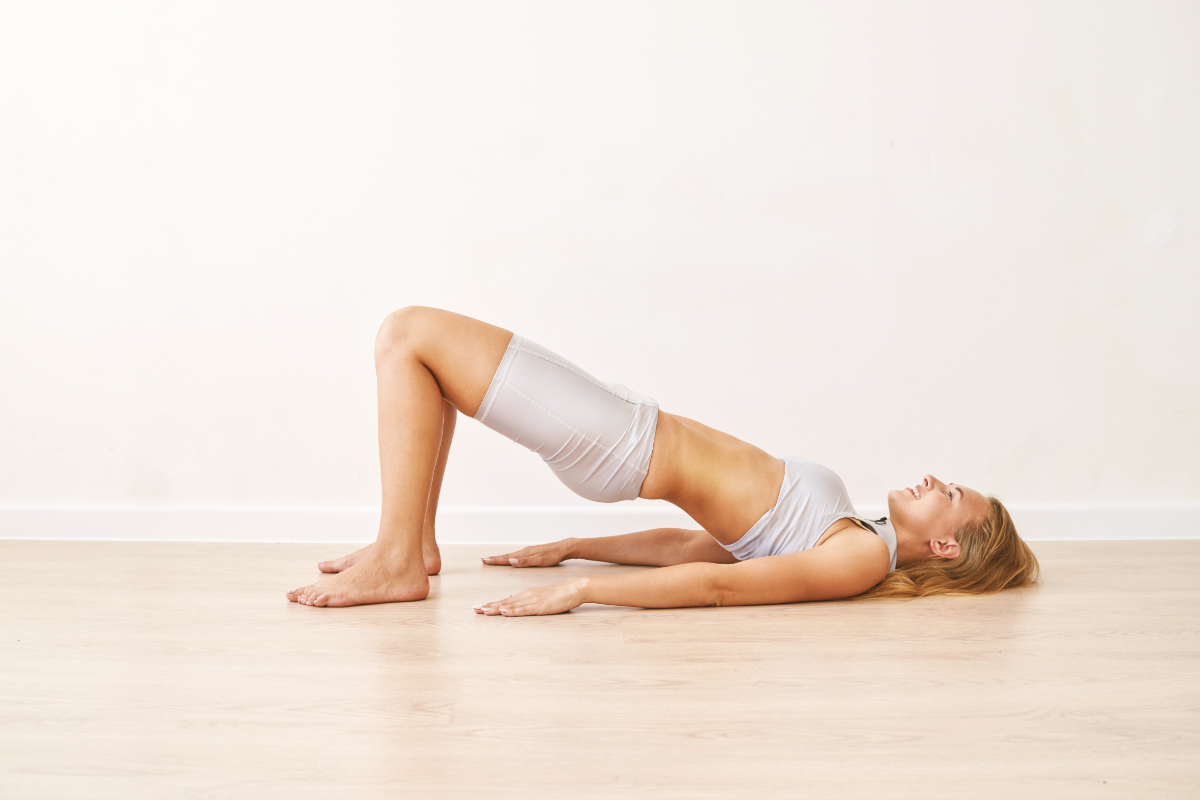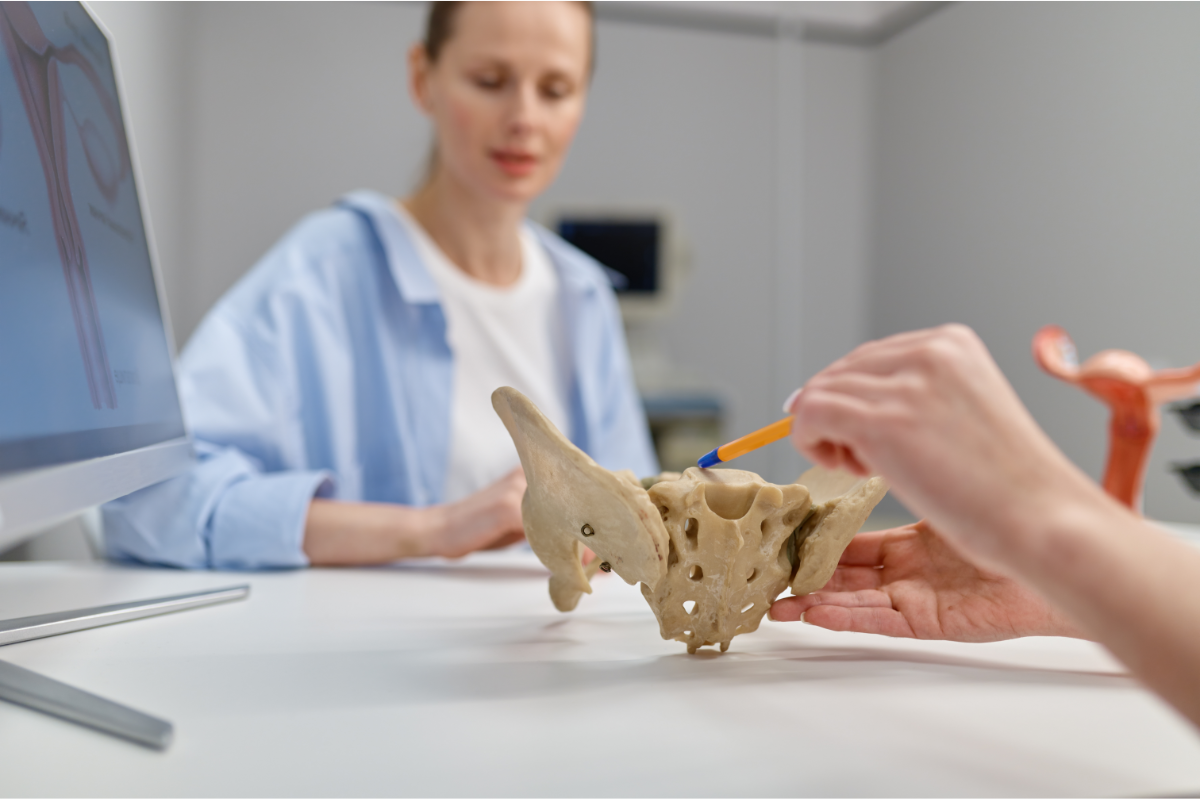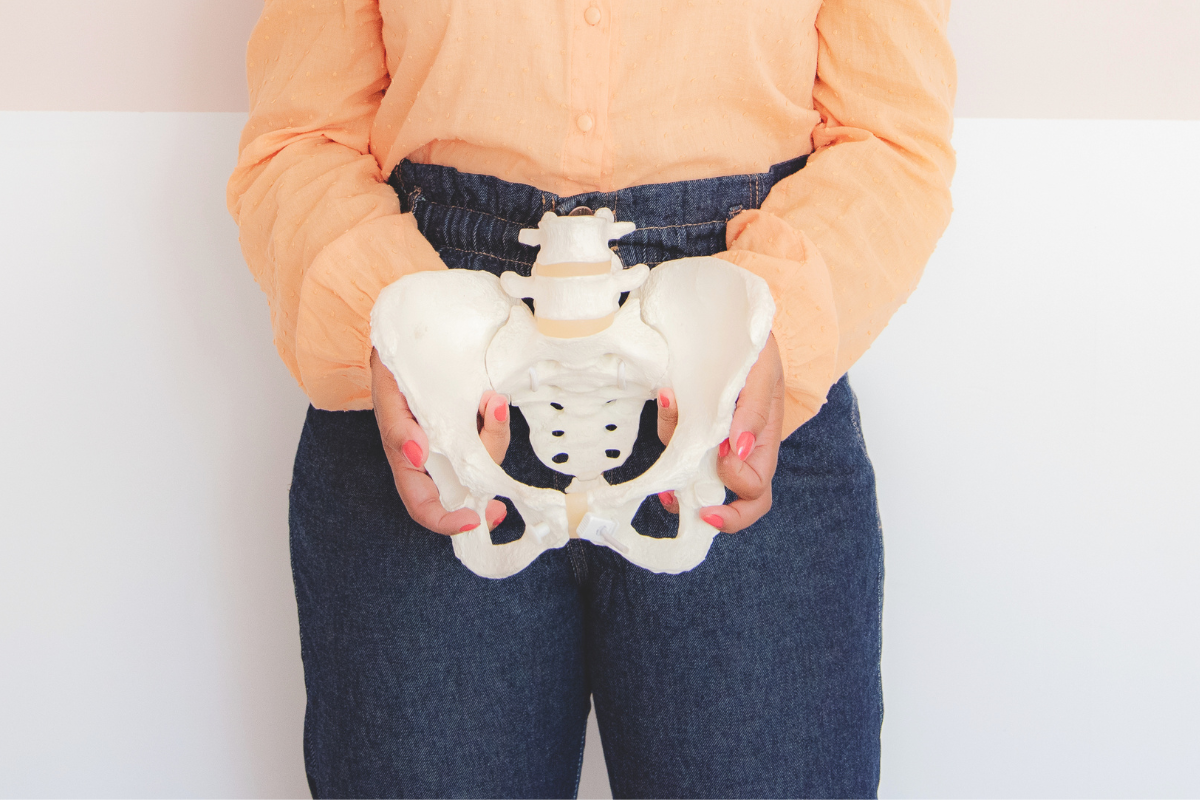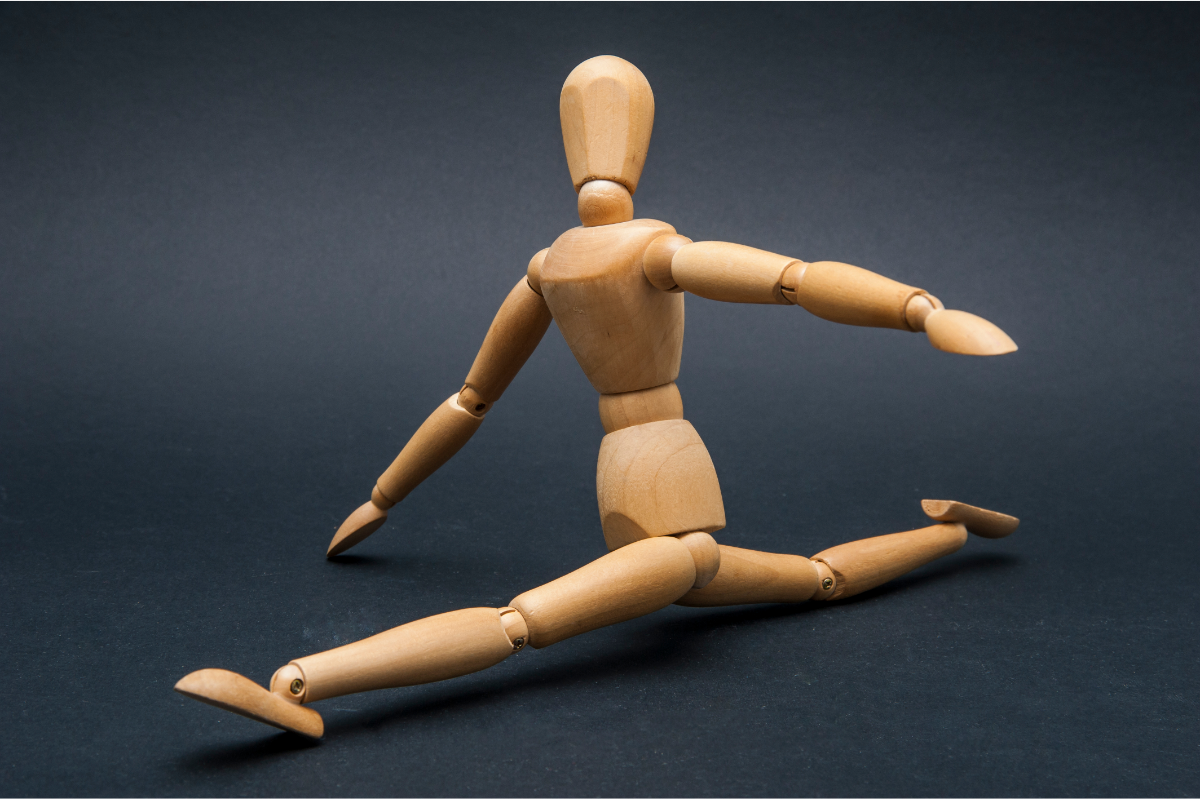How to Do Pelvic Floor Exercises to Improve Urinary Incontinence
Urinary incontinence is a common yet often misunderstood condition that affects millions of individuals worldwide. It refers to the involuntary leakage of urine, which can range from occasional dribbles to a complete loss of bladder control. This condition can stem from various causes, including pregnancy, childbirth, hormonal changes, obesity, certain medications, and aging. Understanding the different types of urinary incontinence—such as stress incontinence, urge incontinence, overflow incontinence, and functional incontinence—is crucial in addressing this issue effectively.
Stress incontinence occurs when physical activities such as coughing, sneezing, laughing, or exercise put pressure on the bladder, leading to leakage. In contrast, urge incontinence is characterized by a sudden, intense urge to urinate, often followed by involuntary loss of urine. Overflow incontinence involves the constant dribbling of urine due to a full bladder that cannot be emptied completely, while functional incontinence is related to physical or mental impairments that hinder an individual’s ability to reach the bathroom in time.
The importance of pelvic floor health cannot be overstated in managing and potentially improving urinary incontinence. The pelvic floor consists of a group of muscles and tissues that support the bladder, uterus, and rectum. When these muscles are weak or dysfunctional, they can contribute significantly to urinary incontinence. Strengthening the pelvic floor through targeted exercises can lead to enhanced muscle control, improved bladder function, and reduced leakage, ultimately restoring confidence and quality of life.
In this article, we will explore effective pelvic floor exercises, their benefits, and how they can be integrated into your daily routine. By understanding the anatomy of the pelvic floor and the importance of its health, you can take proactive steps towards managing urinary incontinence and enhancing your overall well-being.
What is the Pelvic Floor?
The pelvic floor is a complex structure composed of muscles, ligaments, and tissues that stretch like a hammock from the pubic bone at the front to the tailbone at the back. This supportive network plays a vital role in maintaining the position of pelvic organs, including the bladder, uterus, and rectum. Additionally, the pelvic floor contributes to essential bodily functions, such as urination, defecation, and sexual activity. When these muscles are strong and functioning properly, they help control bladder and bowel movements, providing support during physical activities and stabilizing the core.
Common Symptoms of Pelvic Floor Dysfunction
Pelvic floor dysfunction occurs when the pelvic muscles are too weak, tight, or imbalanced. This dysfunction can manifest through various symptoms, including:
- Urinary Incontinence: Involuntary leakage of urine during physical activities or a sudden urge to urinate.
- Urinary Retention: Difficulty in emptying the bladder completely.
- Pelvic Pain: Discomfort or pain in the pelvic region, lower back, or groin.
- Constipation: Challenges in bowel movements, often associated with pelvic muscle tightness.
- Sexual Dysfunction: Pain during intercourse or decreased sexual sensation.
Recognizing these symptoms is crucial for early intervention and management.
Benefits of Strengthening the Pelvic Floor
Strengthening the pelvic floor offers numerous benefits, particularly for individuals experiencing urinary incontinence. Key advantages include:
- Improved Bladder Control: Enhanced strength and endurance of the pelvic floor muscles can lead to better control over urination, reducing instances of leakage.
- Enhanced Sexual Function: Strong pelvic floor muscles can contribute to improved sexual satisfaction and arousal.
- Support During Pregnancy and Postpartum Recovery: Strengthening these muscles can alleviate discomfort during pregnancy and support recovery after childbirth.
- Reduced Pelvic Pain: Proper pelvic floor function can alleviate tension and pain in the pelvic area.
- Improved Core Stability: The pelvic floor is a crucial component of the core muscles, contributing to overall stability and posture.
How to Identify Your Pelvic Floor Muscles
Identifying your pelvic floor muscles is the first step toward effective strengthening. A simple method to locate these muscles is to try stopping the flow of urine midstream. The muscles you engage to do this are your pelvic floor muscles. However, it’s essential to practice this only occasionally, as consistently stopping urine flow can lead to other issues.
Another technique involves inserting a clean finger into the vagina or rectum and attempting to squeeze around it. You should feel a tightening sensation. Understanding how these muscles feel when contracted will help you engage them effectively during exercises.
Effective Pelvic Floor Exercises
Incorporating specific exercises into your routine can significantly enhance pelvic floor strength. Here are two primary types:
5.1 Kegel Exercises: A Step-by-Step Guide
Kegel exercises are the most recognized method for strengthening the pelvic floor. Follow these steps:
- Identify Your Muscles: As described earlier, locate your pelvic floor muscles.
- Get Comfortable: Find a comfortable position—lying down, sitting, or standing.
- Contract the Muscles: Tighten the pelvic floor muscles, holding the contraction for 5 seconds.
- Relax: Release and rest for 5 seconds.
- Repeat: Aim for 10-15 repetitions per session. Gradually increase the hold time to 10 seconds as you become more comfortable.
Aim to perform Kegel exercises three times a day. Consistency is key for effective results.
5.2 Other Pelvic Floor Exercises to Consider
In addition to Kegel exercises, consider these alternatives:
- Bridge: Lie on your back with knees bent and feet flat on the ground. Lift your hips toward the ceiling, squeezing the pelvic floor muscles at the top. Hold for a few seconds, then lower.
- Squats: Stand with feet shoulder-width apart. Lower your body as if sitting in a chair, keeping the pelvic floor engaged. Return to standing.
- Bird Dog: Start on all fours. Extend one arm forward and the opposite leg back while keeping your pelvic floor engaged. Hold briefly before switching sides.
Creating a Routine: How Often and When to Exercise
To reap the benefits of pelvic floor exercises, consistency is essential. Aim to incorporate these exercises into your daily routine, performing Kegels at least three times per day and additional exercises two to three times a week. Consider scheduling them during moments of routine activities, such as while watching TV, reading, or during a morning stretch.
Lifestyle Changes to Support Pelvic Floor Health
In addition to exercises, several lifestyle changes can help maintain pelvic floor health:
- Maintain a Healthy Weight: Excess weight can place additional pressure on the pelvic floor, leading to dysfunction.
- Stay Hydrated: Drinking adequate water can prevent urinary tract infections and promote healthy bladder function.
- Practice Good Bowel Habits: Avoid straining during bowel movements, which can weaken pelvic muscles. Ensure a diet rich in fiber.
- Avoid Heavy Lifting: If lifting heavy objects, engage your pelvic floor muscles to provide support.
When to Seek Professional Help: Physical Therapy and Beyond
If you experience persistent urinary incontinence or pelvic pain despite your efforts, it may be time to seek professional help. A pelvic floor physical therapist specializes in assessing and treating pelvic floor dysfunction. They can provide personalized guidance, exercises, and techniques to help you achieve your goals.
In some cases, medical intervention may be necessary, such as medication or surgical options. Consulting with a healthcare provider can help determine the most appropriate course of action based on your individual circumstances.
By understanding the pelvic floor and taking proactive steps through exercises and lifestyle changes, you can significantly improve urinary incontinence and enhance your overall health and well-being.
In summary, pelvic floor exercises play a crucial role in managing urinary incontinence and promoting overall pelvic health. Understanding the anatomy and function of the pelvic floor can empower individuals to take control of their bodies and address issues related to urinary dysfunction. The benefits of strengthening these muscles are extensive, including improved bladder control, enhanced sexual function, and increased core stability.
Through effective techniques like Kegel exercises and other pelvic floor workouts, you can strengthen the muscles that support your bladder and improve your quality of life. Regular practice, combined with positive lifestyle changes, can lead to significant improvements in pelvic health, helping you regain confidence and reduce the anxiety often associated with incontinence.
As you embark on your journey to improved pelvic health, remember that consistency is key. Set realistic goals, be patient with yourself, and celebrate the progress you make along the way. If you find that your efforts do not yield the desired results, do not hesitate to seek professional help. A healthcare provider or pelvic floor specialist can offer tailored guidance and support.
Taking these steps is not just about addressing a medical issue; it’s about embracing a healthier, more empowered you. Start incorporating pelvic floor exercises into your daily routine today, and take a proactive stance toward improving your health and well-being. Your body will thank you for it!
https://www.mayoclinic.org/healthy-lifestyle/womens-health/in-depth/kegel-exercises/art-20045283

I’m Hillary Swan, a certified fitness trainer specializing in women’s health and pelvic floor strength. I’m passionate about empowering others to improve their core wellness through targeted exercises. Let’s strengthen our bodies together for a healthier, more confident life.











